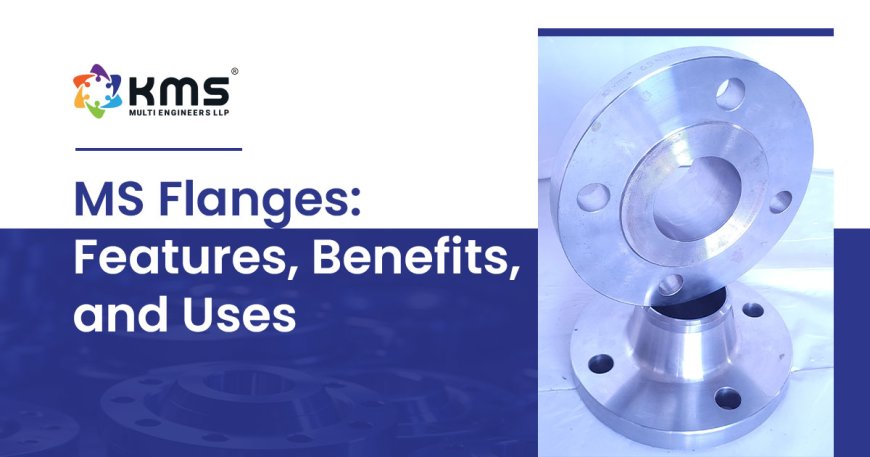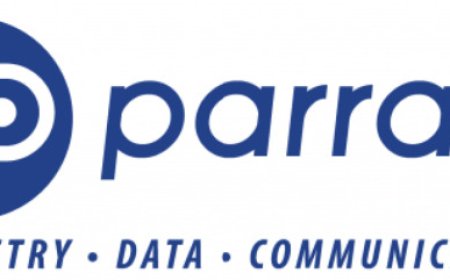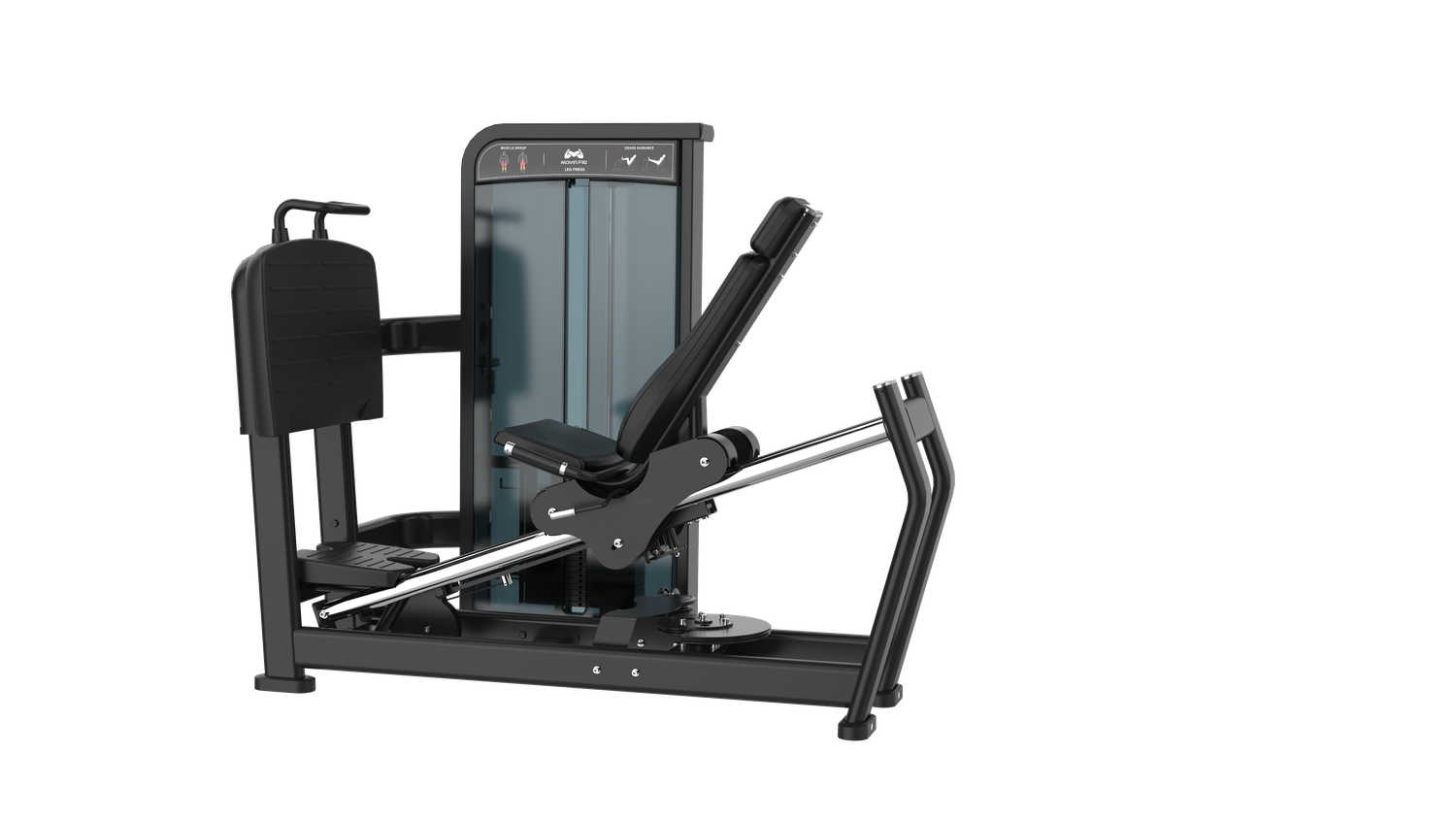In-Depth Guide to MS Profile Flanges
Explore the various types of MS profile flanges, including slip-on, weld neck, and blind, and discover their unique benefits and applications for your projects.

Introduction to MS Profile Flanges
Mild Steel (MS) profile flanges are essential components in structural and piping systems. These flanges serve as connectors, joining various sections of pipes or profiles securely and reliably. Understanding the different types of MS profile flanges and their specific benefits is crucial for ensuring the structural integrity and efficiency of your projects. This comprehensive guide will delve into the various types of MS profile flanges, their applications, and the benefits they offer.
Types of MS Profile Flanges
1. Slip-On Flanges
Description: Slip-on flanges are designed to slide over the end of a pipe or profile. They feature a flat face and are welded both inside and outside to provide a secure connection.
Benefits:
- Ease of Installation: The design allows for easy alignment and welding, making installation straightforward.
- Cost-Effective: Generally less expensive than other types of flanges, reducing overall project costs.
- Versatility: Can be used in various low-pressure applications.
Applications: Slip-on flanges are commonly used in systems where pressure is not a primary concern, such as in water treatment, low-pressure steam lines, and chilled water systems.
2. Weld Neck Flanges
Description: Weld neck flanges have a long, tapered neck that is welded to the pipe or profile. The flange’s neck is designed to be butt-welded to the pipe, providing a smooth transition and reducing stress concentration at the base of the flange.
Benefits:
- High Strength and Durability: The butt-welded joint offers excellent strength, making these flanges suitable for high-pressure and high-temperature applications.
- Reduced Turbulence: The smooth transition from the pipe to the flange reduces turbulence and erosion.
- Long-Term Reliability: Ideal for critical applications due to their robust design.
Applications: Weld neck flanges are often used in industries such as oil and gas, chemical processing, and power generation, where high pressure and temperature conditions are prevalent.
3. Blind Flanges
Description: Blind flanges are solid plates used to close off the ends of pipes or profiles. They do not have a central bore and are used to block the flow in a piping system.
Benefits:
- Effective Sealing: Provides a reliable seal to stop the flow of fluids or gases.
- Versatility: Can be used for inspection, maintenance, and pressure testing.
- Pressure Containment: Capable of withstanding high pressure, ensuring system integrity.
Applications: Blind flanges are used in pipelines, pressure vessel systems, and where isolation of a section of the piping system is required for maintenance or repair.
4. Socket Weld Flanges
Description: Socket weld flanges have a socket in which the pipe or profile fits. The pipe is then fillet-welded to the flange, creating a smooth and strong connection.
Benefits:
- Strong Connection: Provides a solid and durable joint, suitable for high-pressure systems.
- Reduced Turbulence: The smooth internal surface helps maintain efficient flow with minimal turbulence.
- Compact Design: Ideal for applications with space constraints.
Applications: Commonly used in small-diameter, high-pressure systems, such as in hydraulic and pneumatic systems, and in chemical processing.
5. Threaded Flanges
Description: Threaded flanges have internal threads that allow them to be screwed onto the pipe or profile without the need for welding.
Benefits:
- Ease of Installation: Can be easily installed and removed without welding equipment.
- No Welding Required: Ideal for applications where welding is not feasible or desirable.
- Cost-Effective: Reduces installation time and costs.
Applications: Suitable for low-pressure systems and applications where welding is impractical, such as in maintenance or retrofit projects.
6. Orifice Flanges
Description: Orifice flanges are used in conjunction with orifice plates to measure the flow rate of fluids in a piping system. They have additional machining to accommodate the orifice plate and provide access for pressure measurement.
Benefits:
- Accurate Flow Measurement: Essential for monitoring and controlling the flow rate in various processes.
- Convenient Maintenance: Allows for easy insertion and removal of the orifice plate for calibration and maintenance.
- Versatility: Can be used in a wide range of industries, including water treatment, petrochemical, and energy sectors.
Applications: Used in systems requiring precise flow measurement, such as in metering applications, and in industries where fluid flow needs to be monitored and controlled accurately.
Conclusion
Choosing the right MS profile flange is essential for the success of your structural or piping projects. Each type of flange offers unique benefits and is suited for specific applications, from slip-on flanges for low-pressure systems to weld neck flanges for high-pressure and high-temperature conditions. By understanding the characteristics and advantages of each flange type, you can ensure that your projects are executed efficiently and reliably, leading to enhanced performance and longevity of your systems.
What's Your Reaction?




















